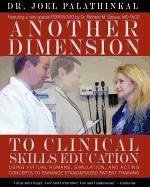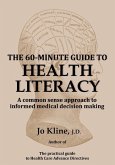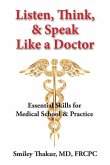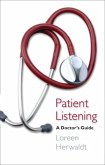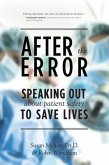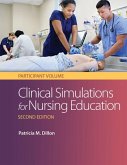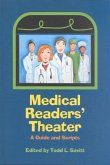What makes a virtual human credible and acceptable? Do they provide companionship that is similar to that of a person? More so, will it ever replace that of a person? It is not the art of simply creating a digital mockup of a human, but the art of creating an intelligent conversational model that is woven into a virtual human to deliver a personality and thought process; that truly raises the previous questions. Furthermore, we cannot predict the future, but it is simulation that can provide a picture of what the future may hold. This concept of simulation allows a doctor to perform a clinical skills interaction and a surgeon to perform a difficult procedure as many times as it takes until they reach a particular defined objective of proficiency. This is a capability that real life does not, nor ever will, offer. Standardized Patients (SP)s are actors who portray a patient to provide real life training to medical students. The obstacle that is being faced is the lack of standardization in the learning objectives and the quality of acting in SPs. Simulation can provide a supplement to existing training so that SPs may reach a higher level of competence; to in turn provide the best and fairest learning experience for medical students taking the Step 2cs exam. Several technical solutions, techniques, scientific studies, medical focus groups, and schools of thought are explored to assist in SP education throughout this book. In addition, this detailed reference also provides a fresh look to learning the fundamentals of clinical skills and simulation.
Bitte wählen Sie Ihr Anliegen aus.
Rechnungen
Retourenschein anfordern
Bestellstatus
Storno

